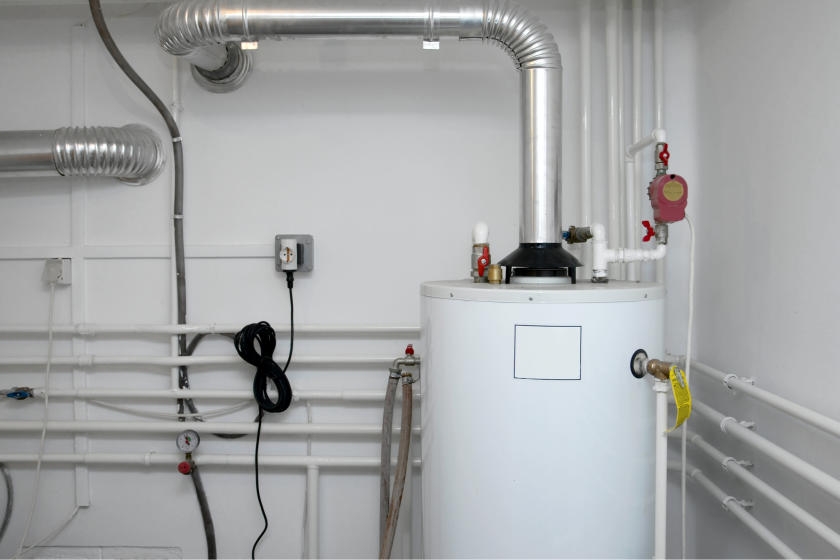How to Effectively Care for Your Home's Hot Water SystemBest Practices for Maintaining Your Home's Hot Water System
How to Effectively Care for Your Home's Hot Water SystemBest Practices for Maintaining Your Home's Hot Water System
Blog Article
What're your thoughts on Tips on Maintaining a Water Heater?

Hot water is necessary for day-to-day convenience, whether it's for a refreshing shower or cleaning meals. To guarantee your hot water system runs effectively and lasts much longer, routine maintenance is crucial. This short article gives practical tips and insights on exactly how to maintain your home's hot water system to avoid disruptions and costly repairs.
Introduction
Keeping your home's warm water system could appear daunting, but with a few straightforward actions, you can guarantee it runs smoothly for years to come. This guide covers whatever from comprehending your hot water system to DIY maintenance tips and understanding when to contact expert assistance.
Significance of Maintaining Your Hot Water System
Regular upkeep not just expands the lifespan of your warm water system yet additionally guarantees it operates efficiently. Neglecting upkeep can bring about lowered effectiveness, higher energy bills, and also early failing of the system.
Signs Your Warm Water System Requirements Maintenance
Knowing when your warm water system requires interest can prevent significant issues. Keep an eye out for indications such as inconsistent water temperature, strange sounds from the heating unit, or rusty water.
Purging the Water Heater
Flushing your hot water heater eliminates sediment buildup, boosting efficiency and lengthening its life.
Monitoring and Replacing Anode Rods
Anode rods protect against rust inside the container. Checking and replacing them when worn out is critical.
Complicated Issues Calling For Expert Help
Instances include major leakages, electrical problems, or if your hot water heater is regularly underperforming.
Routine Expert Upkeep Advantages
Specialist maintenance can include complete inspections, tune-ups, and making certain compliance with safety and security requirements.
Evaluating and Adjusting Temperature Level Settings
Readjusting the temperature setups ensures optimal efficiency and safety.
Do It Yourself Tips for Maintenance
You can do several upkeep tasks on your own to keep your warm water system in top problem.
Looking for Leaks
Consistently examine pipelines and connections for leakages, as these can lead to water damages and greater bills.
Recognizing Your Warm Water System
Prior to diving right into maintenance jobs, it's helpful to understand the fundamental parts of your warm water system. Generally, this consists of the water heater itself, pipes, anode poles, and temperature level controls.
Monthly Upkeep Tasks
Normal monthly checks can assist capture minor problems prior to they escalate.
Evaluating Pressure Alleviation Valves
Checking the pressure relief valve guarantees it operates correctly and avoids extreme stress buildup.
Insulating Pipelines
Shielding warm water pipes decreases warm loss and can conserve power.
When to Call a Specialist
While DIY maintenance is valuable, some issues need professional competence.
Verdict
Regular maintenance of your home's hot water system is vital for performance, long life, and price savings. By following these suggestions and understanding when to look for expert aid, you can make certain a reliable supply of hot water without unexpected disruptions.
How to Maintain an Instant Hot Water Heater
Before tinkering with your hot water heater, make sure that it’s not powered on. You also have to turn off the main circuit breaker and shut off the main gas line to prevent accidents. Also turn off the water valves connected to your unit to prevent water from flowing into and out of the appliance. 2. When you’re done, you have to detach the purge valves’ caps. These look like the letter “T” and are situated on either side of the water valves. Doing so will release any pressure that has accumulated inside the valves while at the same time avoid hot water from shooting out and burning your skin. 3. When the purge valves’ caps are removed, you have to connect your hosing lines to the valves. Your unit should have come with three hoses but if it didn’t, you can purchase these things from any hardware or home repair shops. You can also get them from retail stores that sell water heating systems. Read the user’s manual and follow it to complete this task properly. When the hosing lines are connected, open the purge port’s valves. 4. You should never use harsh chemical cleaners or solutions when cleaning your unit. Make use of white vinegar instead. It should be undiluted and you’ll probably use about 2 gallons. 5. Now flush your water heater. This task should probably take about 40 minutes. We can’t give you specific directions for this because the procedure is carried out depending on the type, model and brand of your heater. With that being said, refer to the user’s manual. 6. When you’re done draining the unit, you have to turn off the purge port valves again. Remove the hosing lines that you earlier installed on each of the water valves. Put the valve caps (purge port) back in their respective places and be very careful so as not to damage the rubber discs that are found inside these caps. 7. Now that everything’s back in place, check your user’s manual again to find out how to reactivate your water heating system. 8. Once it is working, turn one of your hot water faucets on just to let air pass through the heater’s water supply pipes. Leave the tap on until water flows smoothly out of it. https://www.orrplumbing.com/blog/2014/september/how-to-maintain-an-instant-hot-water-heater/

We hope you enjoyed our piece on What Kind of Maintenance Do Water Heaters Need?. Thank you so much for taking time to browse our short article. Please set aside a second to distribute this entry if you liked it. Thanks for your time. Come back soon.
Free Estimate Report this page